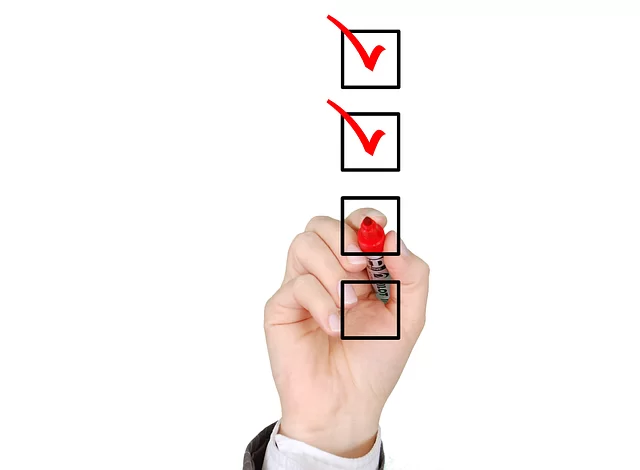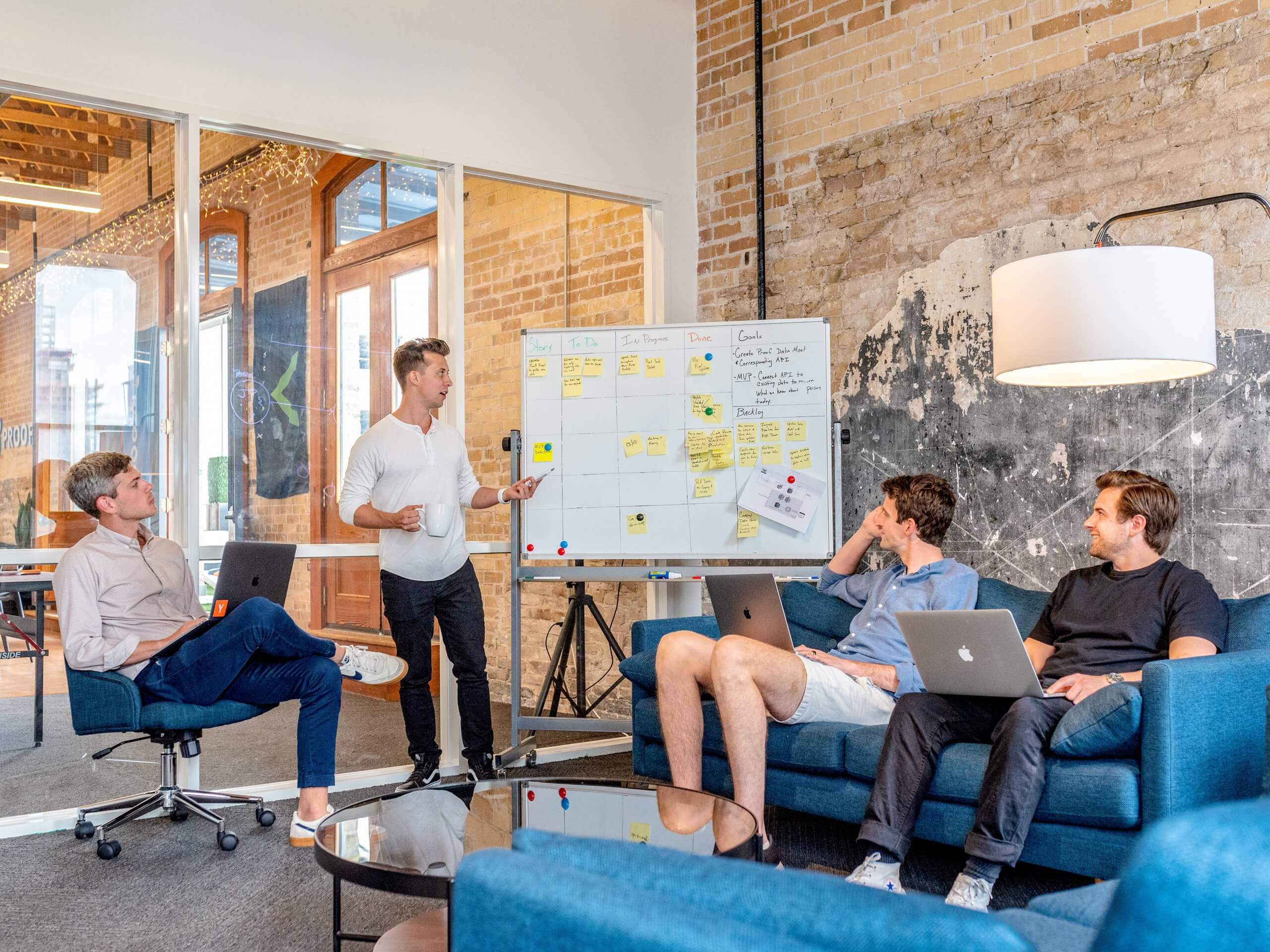The classical two days training approach is less and less required by companies. The companies are looking for more customised people development programs that include a variation of approaches from hard skills, soft skills training to interactive workshops and coaching and mentoring one on one sessions to consolidate the discovery and the learning.
This new perspective of approaching people development aims to create a culture in which everyone – not just the “high potentials”- overcome challenges, their own internal barriers and vulnerabilities.
The classical two days training approach is less and less required by companies. The companies are looking for more customised people development programs that include a variation of approaches from hard skills, soft skills training to interactive workshops and coaching and mentoring one on one sessions to consolidate the discovery and the learning.
This new perspective of approaching people development aims to create a culture in which everyone – not just the “high potentials”- overcome challenges, their own internal barriers and vulnerabilities. This approach stands on the conviction that organisations will prosper when they are more deeply aligned with people’s strongest motives, which is to grow.
Form where to start?
If you are looking to invest in peoples development take a step aside and first check how your business environment is looking today and how your organisation is responding to it. Is your organisation adapting to the environment or is in a constant defensive reaction to the market?
Check your business model is it defensive or adaptive?
If you want to be true to yourself in terms of your own company, organize a simple test to check if your organization is defensive, complicated. It can be as easy as “mistery shopping” or trying to be your own client, of your own business.
Count how many times you hear :”It can’t be done”. How many times will that be in one day, but in a WEEK?
Acting on shaping the structure and your teams to be adaptive and respond quickly and energetically
Do you sometimes wonder why not all team members are engaged with full heart and mind on the job?
According to a Gallup survey 67% of the employees world wide are disengaged and only 9% are fully engaged.
Nowadays most employees perform a second job, on a daily basis, which the employer does not pay them for. Most of them spend time defending themselves, managing what other people think about them, conjuring up scenarios that hide their vulnerabilities. I look at the time devoted by an employee to defend and hide his vulnerabilities, as the greatest loss of resources and energy for an organization.
Emerging training programs for building authentic engagement:
New business models, new decision-making frameworks and relationship models both for the internal life and external life of their organization.
Adaptive organisations or in the process of becoming mobile, alert, constantly present in the reality of the customers made a shift of looking differently on how to approach clients and how to grow people with real impact on business.
New trends for 2018
Collective Leadership
Many organisations say they would like to improve their results by empowering their people to innovate and take responsibility for better solutions, but this often proves elusive. A new approach, being pioneered in the Netherlands, UK, USA and Australia is to meet the challenges of a complex and fast-changing world, is achieving remarkable outcomes. It is called collective leadership. Participants learn to understand and value their own and each other’s strengths, discovering when to step into leadership and when to follow, capitalising on the collective intelligence of the team. Imagine
Corporate entrepreneurship
How important is that every employee of our company have an entrepreneurship approach? How can we make them understand the importance of the company mission, to be permanently oriented towards customers and products, to be innovative and at the same time to maintain a self inspired behaviour?
Client approach training model
Service Design & Design Thinking
Service Design aims to inspire people and teams to build the necessary capabilities, culture and mind-set to adapt fast and eficient to customer needs. Participants learn to develop fundamental skills in user research, understanding the methods to identify the needs of service users. Learners will acquire an understanding and practice in using the key tools and methods of service design. The unit is relevant for those who wish to develop service design skills and explore how they can be applied. Imagine
Coaching programs
Each champion has a good coach behind…
If your team disconnects and you see a: declining productivity, lack of motivation, missed or delayed deadlines, low profitability of new projects, then it is time to become a coach for your team. Coaching is about empowering your to go for what their hearts desire… for what will have them sing rather than just speak, what will have them dance rather than merely walk. It is about empowering your team to dream big, fanning the flames of those dreams with the skills of acknowledgment, championing and powerful questions and then challenging them to go for those dreams with aliveness, passion and commitment. Imagine
When you decide to start investing in training programs, take in to account the structure and the people in the same time. Give yourself the freedom to imagine what can change in the internal dynamics of your organization if you start long term training programs for building autonomy, trust, modility and a adaptive mind set where people have a real power of decision.
Our role as certified trainers and coaches is to provide a framework for this recipe to be discovered which can help you model your organization, grow as a business, acquire customers, and grow people in the company.


